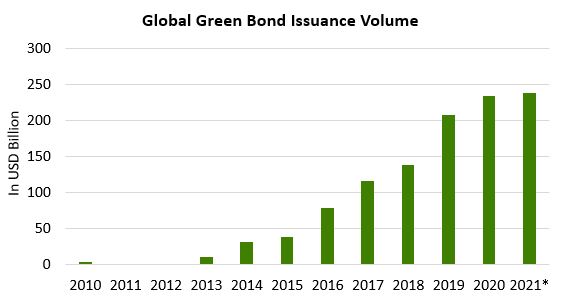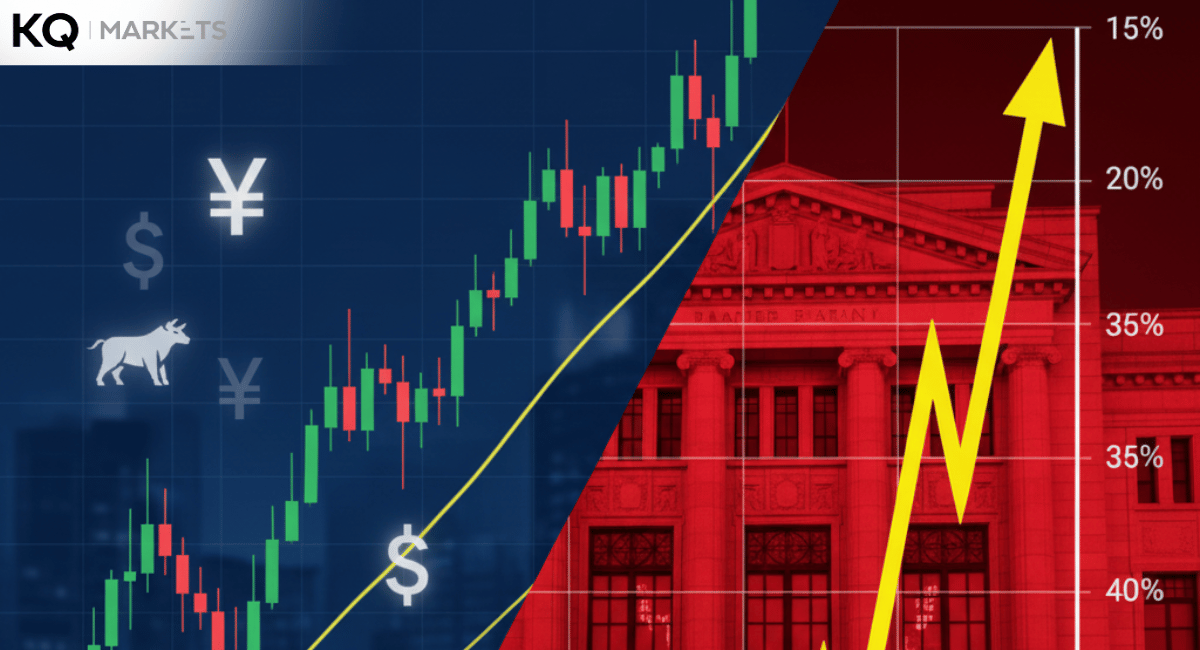The recent green bond issuance surge has captured investors' attention as they seek sustainability and yield. In any case, companies and countries have turned to green bonds to foster a low-carbon economy and finance eco-friendly projects. This post covers the causes and aftermath of the green bond issuance surge.
Green Bond Issuance Surge Overview
The recent green bond issuance surge hit a $273 billion sustainable debt surge in the first quarter of 2024. This surge resulted from rising investor interests in governance, social, and environmental projects. In general, these projects secure attractive yields and support the world’s agenda toward a green economy.
Green bond issuance hit $195.9 billion after a 43% rise. Companies are shifting to green bonds to finance low-carbon economy projects and boost their environmental reputation. For instance, the United States is leading the pack with companies like Constellation Energy using green bonds to fund nuclear energy ventures.
Meanwhile, emerging markets like the Ivory Coast have tapped into green bonds to support sustainable development and attract foreign investors. In any case, high interest rates have eroded borrowing discounts on bonds, making sustainable debt preferable. The recent green bond issuance surge has solidified the green finance market.
Green Bond Issuance Surge Causes
Green bond issuance surge resulted from high interest rates and increased investors’ attention to governance, social, and environmental investing. In addition, a decline in bond borrowing discounts has eroded the ‘greenium’ options. This section uncovers how these factors collectively contribute to the green bond issuance surge.
- High Interest Rates

Green bonds feature attractive returns and contribute to the ESG news. In the meantime, high interest rates have eroded borrowing discounts on bonds, making green bonds conventional fixed-income securities with competitive prices. Companies seek to integrate mainstream financial markets with low-carbon initiatives.
- Greenium Erosion
The end of greenium bonds marks a critical innovation in the green bond market since it impacts conventional bond prices. Simply put, the erosion has reduced green bond cost pros, aligning them with mainstream fixed-income securities pricing. Ninety-One co-head Alan Siow clarified that this move promoted sustainability.
- ESG Factors
The green bond issuance surge resulted from an uptick in environmental, social, governance, and ESG news. The surge indicates the rising demand for transparency in sustainable projects. Constellation Energy is among companies leveraging green bonds for complex projects like nuclear energy.
Green Bond Issuance Surge Aftermath
The green bond issuance surge marks a significant shift in investor preferences for green energy. Simply put, green bonds fund critical renewable energy projects, boost climate resilience, foster ESG news, and reshape the financial markets. Here is the aftermath.
- Sustainable Finance Landscape
BlackRock ESG investment head David Oelker noted the impact on social bonds. He explained that markets recorded a major transition to green investments from COVID-related social spending. Most importantly, green bonds showcase steady growth in high-emission industries like cement, where decarbonization is vital.
- Investors & Market Sentiments
The green bond issuance surge has resulted in investors favoring sustainable debt instead of ESG stock funds. Overall, traditional ESG stock funds have recorded notable outflows shifting towards environmental investments. The sustainable debt hit $273 billion, reflecting increasing investor interest in renewable energy.
Wrapping Up!
The green bond issuance surge results from rising interest rates and improving strategies for combating climate change. Above all, investor scrutiny and regulatory frameworks still determine the impact on mainstream financial markets.





